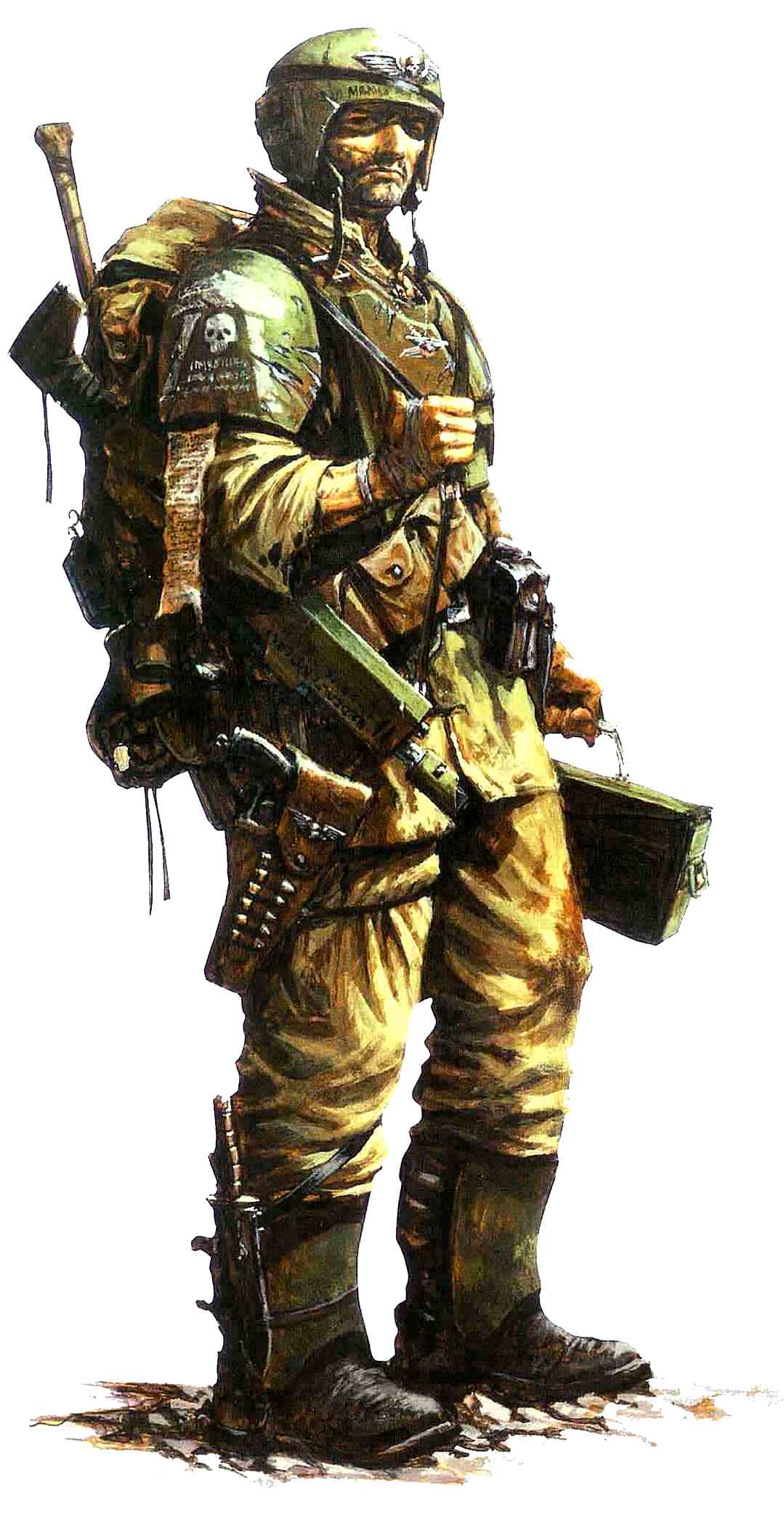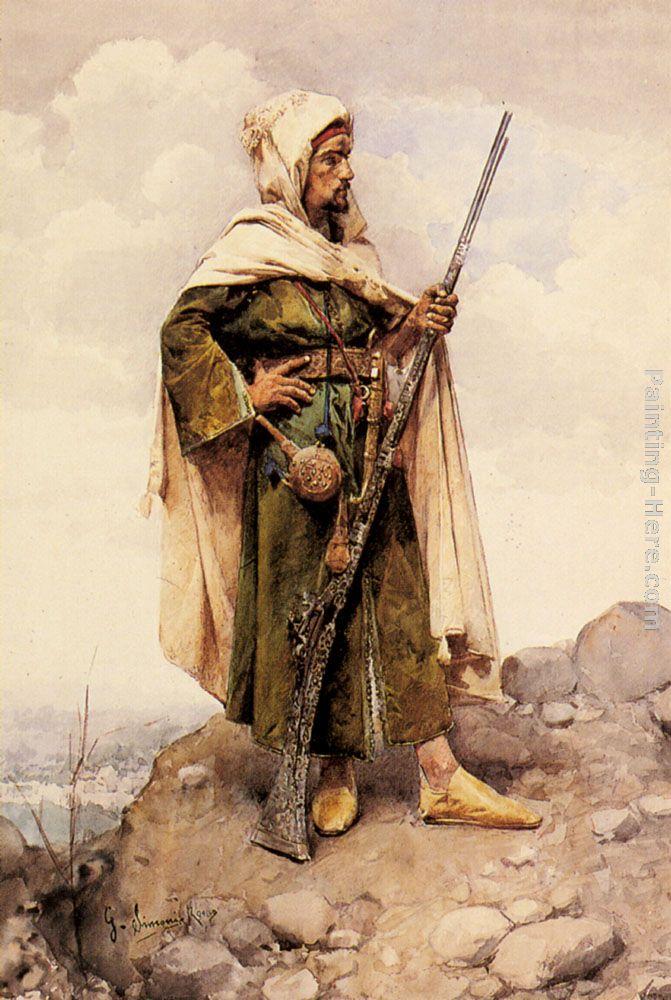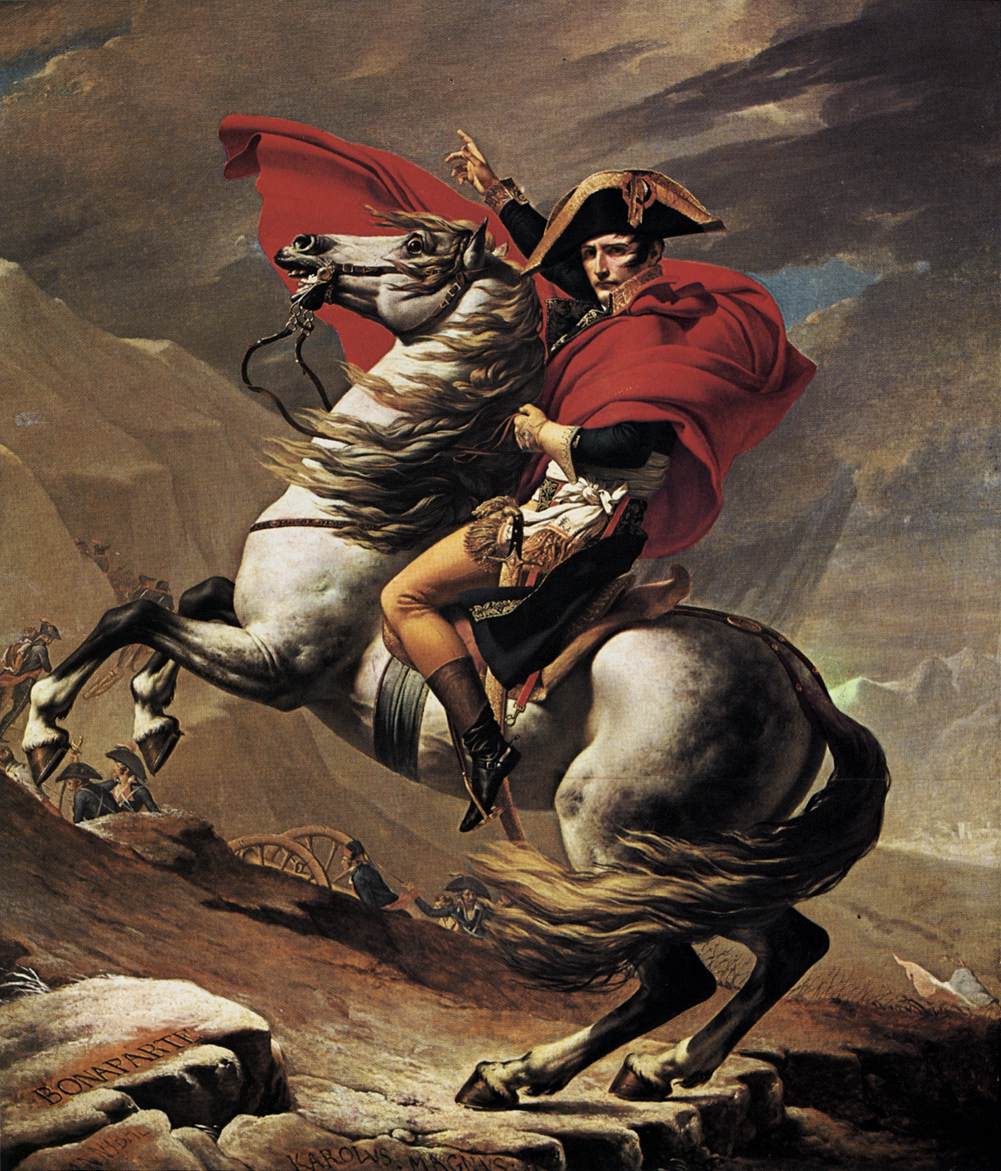Country
|
Rifles
|
Radios
|
Support
weapons
|
Bikes/Velomobiles
|
Vehicles
|
New
Zealand
|
10
|
10
|
10
|
10
|
5
|
Australia
|
7
|
8
|
8
|
10
|
10
|
Malaysia
|
6
|
7
|
7
|
10
|
5
|
Borneo
|
5
|
7
|
5
|
10
|
3
|
New
Guinea
|
3
|
3
|
3
|
2
|
2
|
United
Timor
|
4
|
4
|
5
|
3
|
2
|
Indonesia
|
8
|
7
|
8
|
10
|
5
|
Country
|
Artillery
|
Aircraft
|
Capital
ships
|
Small
ships
|
Submarines
|
New
Zealand
|
5
|
4
|
3
|
5
|
4
|
Australia
|
10
|
10
|
10
|
10
|
10
|
Malaysia
|
6
|
8
|
1
|
7
|
1
|
Borneo
|
3
|
7
|
4
|
8
|
3
|
New
Guinea
|
3
|
3
|
0
|
3
|
0
|
United
Timor
|
3
|
3
|
0
|
2
|
0
|
Indonesia
|
5
|
7
|
4
|
7
|
5
|
The scenario below uses the value's above, though they are not the most important factors.
 The
political map for this scenario only includes (for simplicities sake)
Malaysia, Indonesia, Australia, New Zealand, Timor, Borneo and New
guinea. While India, China, Indochina and the Philippines (as
geographical kingdoms, not any specific governments) would be included
for a proper scenario, this is solely to look at the impact differences
in military technology could have. The other powers are limited to being
sources of technology or creating a guarded border and are assumed to
play either a minimal or non-existent role in the political/military
landscape. As it stands, here it is assumed that both New Guinea and
Timor are no longer half Indonesian owned and are instead locally
controlled, Borneo has its own native government, Malaysia is restricted
to the Peninsula and Indonesia has what's left. I rather doubt that
this will be the actual political arrangements, but they'll do for now. In the future it's quite likely for an even more divided political map (East and West Australia, fragmented Indonesia etc), but it could also swing (not as likely) the other way into a more unified political map either through a South Asian Alliance or through Indonesian or Australian conquest etc.
The
political map for this scenario only includes (for simplicities sake)
Malaysia, Indonesia, Australia, New Zealand, Timor, Borneo and New
guinea. While India, China, Indochina and the Philippines (as
geographical kingdoms, not any specific governments) would be included
for a proper scenario, this is solely to look at the impact differences
in military technology could have. The other powers are limited to being
sources of technology or creating a guarded border and are assumed to
play either a minimal or non-existent role in the political/military
landscape. As it stands, here it is assumed that both New Guinea and
Timor are no longer half Indonesian owned and are instead locally
controlled, Borneo has its own native government, Malaysia is restricted
to the Peninsula and Indonesia has what's left. I rather doubt that
this will be the actual political arrangements, but they'll do for now. In the future it's quite likely for an even more divided political map (East and West Australia, fragmented Indonesia etc), but it could also swing (not as likely) the other way into a more unified political map either through a South Asian Alliance or through Indonesian or Australian conquest etc. Before I can look at individual countries, their grand strategies and reactions, several topics need to be addressed. Force size, types of war, types of troops, objectives, certain technologies usages, national war planning/preparation all need to be addressed. This scenario is fairly static (it won't necessarily be so this is just for simplicity), the borders don't move and the militaries don't change for example. Since I don't have any software aids and I'm not a strategic planner, this will have to do.
The size of an armed force is an important metric, but only if other factors (morale, training, equipment, terrain etc) are taken into account. The Battle of Watling street pitted 10,000 Roman legionnaires against 100-230,000 British rebels, if numbers were the supreme metric then the Romans should've lost, yet they utterly massacred the British despite the numerical disadvantage (it actually helped). The Romans only had about 60,000 legionaries at any one time, which was a fair sized army for a medium sized kingdom but for an empire it's puny. Rome only needed 60,000 legionaries to defend and expand its empire (Though it also had a far larger number of lower quality auxiliaries from its allies and subjugated people), contrast with Achaemenid Persia who launched an invasion of ancient Greece that numbered close to a million, yet failed, and it still had most of its forces locked up in garrisons back in Persia. The quality of the soldiers and their commanders can play a far more important role than sheer numbers, other factors also play a part. For example If China and Russia had a conventional war right now, I'd expect Russia to win simply because they have more experience and a more advanced indigenous military industrial system, even though China can easily outnumber Russia in ground troops.
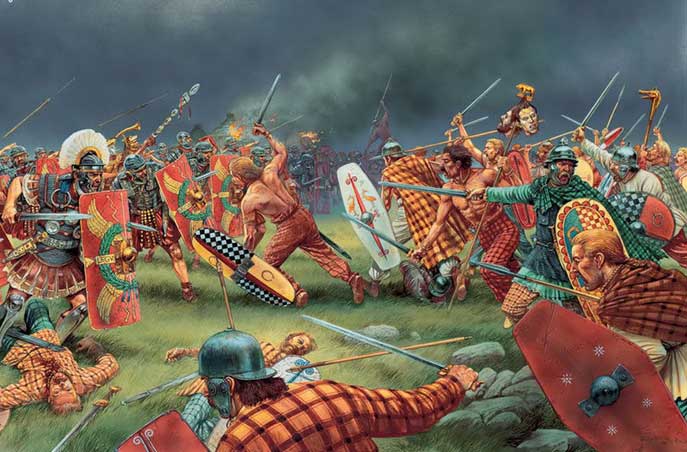
What this also means is that statements along the lines of "Military X has Y soldiers" is without other metrics is a mostly useless as a way of assessing a militaries strength (especially when their are significant technological and organizational differences, which exist today and can be expected for the short to mid future) unless both sides soldiers are equal, something which is infrequent during turbulent times and recent history. The quality of the soldiers, their leaders and equipment are vital in determining their strength, so is the type of warfare their fighting and how well suited they are to it. Other factors like terrain, surprise, morale, logistics etc also need to be taken into account. Sometimes a large force is useful, other times a small force is useful, it depends on the context. So even through New Zealand's army is small, its an elite force which allows it to have a measure of influence (easier logistics and a larger impact for a given force size). Timor's forces are also small, but since their going to fight defensively most of the time, that's not a huge problem, especially if they leverage it with the use of mines and area denial tactics. The effect of technology on these factors is also important, some technologies favour some factors over others or differing force sizes and so on. The wide range of interacting factors and how they play out is why this is barely an educated guess, so much is uncertain.
War is not one singular thing, but instead a very broad category of a specific type of political violence, most of its forms haven't been seen (outside of Africa) in recent history but they'll return. This is fairly important because different soldier types (professional, militia, conscript etc) are better at different conflicts. Roman legionaries (composed of heavy infantry and artillery) were good at high intensity warfare, when fighting low or medium intensity warfare other troops (the auxiliaries composed of light infantry, cavalry and archers) were used and are more effective. The modern equivalent would roughly be a fully mechanized army versus large infantry armies. We can first divide the various wars into defensive or offensive (since were dealing with Islands this is a fairly clean cut definition), for an invading army their fighting an offensive war while the defenders are obviously fighting a defensive war only, counterattacks won't happen as often (think when Rome attacked Carthage to draw Hannibal out of Italy). After that you have differences in scales, national (e.g. invasions), strategic (fighting over specific territory for example), military skirmishes and low intensity (raids or small armed bands). Certain technologies (like submarines) would only be used in certain war types and some troops are more efficient (taking into account training and equipment costs as well) at certain types and scales of warfare. Small ships are immensely important for any sort of naval conflict, so they can actually matter more than if a nation has capital ships. Militia are normally crap on the offensive, but on the defensive they can be as effective (if conditions are right) as professional troops. The technology used also effects each scale differently, but since the level of difference isn't great enough (no ones bringing bows to a gunfight) that's not a huge factor.
Today professional soldiers are the most common type of warriors, with conscripts in some countries and the occasional forms of militia, but in the post overshoot world a far greater variety of soldiers are likely to exist. Militia that are tied to specific locations and are part law enforcement will likely return, so will seasonal or semi-professional warriors. The difference between soldiers and warriors would also be an important factor and is requires a good examination at some point. Others will appear, similar to most barbarian armies, in which its a lifestyle choice, though guns have made it unlikely to be as common as before and adhoc armies suffer similar problems for most military uses. Guns and a few other military advancements have changed the likely mixtures somewhat, organization and logistics carry far more weight than they used to for example. Certain soldier types are better at certain things, militia are generally better at defensive warfare (for the same cost) than the others while a professional army (like the legions) is very good at high intensity warfare. Note that here I'm talking about their effectiveness in terms of cost (money, resources, time, organization etc), not per soldier. If the only conflicts are seasonal raids, border skirmishes or armed looting, then either seasonal warriors or as a lifestyle choice and militia make more sense compared to modern professional soldiers. Technology also affects how well these soldier types work, it takes far less time to train someone to use a gun than a sword or bow and radios allow far greater coordination while enhancing defensive mobility, both enhancing militias while lowering the effectiveness of most traditional raider types. But disciplined raiders could use radios to greatly enhance their effectiveness and initiate more complex deception operations to overcome defenses. These are fairly dynamic situations and will continuously change over time.
 Certain technologies would only be used
in specific situations/wars. After all, if it takes biofuel to run or
some other limited or expensive resources, then it will only be used when
appropriate. Vehicles and heavy artillery are likely to be used only at medium to high intensity (light artillery such as mortars would probably be common),
but Capital ships and subs are likely to only be really used in the big
wars. Airplanes of the highly efficient (and thus small) variety are
likely to be used in most conflicts for recon, after all that's what
they were originally for and they should excel in that field even if
they're turboprop. In any other role, they'll be used occasionally in the
medium intensity wars and definitely in the high intensity wars. This
also depends on if its a defensive or offensive war and which countries
are fighting. Obviously for an invasion of New Guinea submarines aren't
likely to play a major role and both artillery and guns are incredibly
powerful on the defensive (tactically). The last point is important,
that's why WW1 was so different from WW2, WW2 had very powerful
offensive weapons (like tanks) to overcome the powerful advantage of
guns on the defensive. However, just because that trait is likely to be
dominate doesn't mean that wars will be less likely, their are a variety
of ways around that trait and it only applies tactically, Helmuth Von Moltke was one of the first people to realize this trait and he successfully fought 3 offensive wars.
Certain technologies would only be used
in specific situations/wars. After all, if it takes biofuel to run or
some other limited or expensive resources, then it will only be used when
appropriate. Vehicles and heavy artillery are likely to be used only at medium to high intensity (light artillery such as mortars would probably be common),
but Capital ships and subs are likely to only be really used in the big
wars. Airplanes of the highly efficient (and thus small) variety are
likely to be used in most conflicts for recon, after all that's what
they were originally for and they should excel in that field even if
they're turboprop. In any other role, they'll be used occasionally in the
medium intensity wars and definitely in the high intensity wars. This
also depends on if its a defensive or offensive war and which countries
are fighting. Obviously for an invasion of New Guinea submarines aren't
likely to play a major role and both artillery and guns are incredibly
powerful on the defensive (tactically). The last point is important,
that's why WW1 was so different from WW2, WW2 had very powerful
offensive weapons (like tanks) to overcome the powerful advantage of
guns on the defensive. However, just because that trait is likely to be
dominate doesn't mean that wars will be less likely, their are a variety
of ways around that trait and it only applies tactically, Helmuth Von Moltke was one of the first people to realize this trait and he successfully fought 3 offensive wars.
What
the wars are fought over, trade routes, wealth, coastal or inland
territory will determine how the militaries are structured and used.
Carthage could rely heavily on its navy because it only conquered
coastal territory (to control trade), while Rome was primarily a land power and therefor
put its might into the legions. Wars fought in areas were barely anyone
lives or are nomadic aren't going to have militia and might not actually
have defensive elements at all. If the war's goals are small enough, certain
technologies won't be used because the benefit of winning is less than
the cost of using them. And so on, if the war isn't a total one, the
objectives will greatly affect the means used to achieve them. The saying the
ends justify the means is as inaccurate here as elsewhere (by the way
Machiavelli never wrote these words, it was a mistranslation) for much the
same reason Machiavelli said (this is what was mistranslated) "one
must think of the final result". Different means have different affects,
even when they achieve the same goal. "War is just an extension of policy", Clausewitz, so these goals will be link to domestic politics as much as foreign policy and will have to take into account it's impacts on the relevant countries.
The system engineering approach to this problem is actually "The system exists to deliver capability,
the end justifies the means" (from Creating systems that work). The way this works is that you completely disregards how to do whatever it is (the means) and first define what the ends (or capabilities) wanted are. Only then do you choose what means to use since you can actually match them up properly.
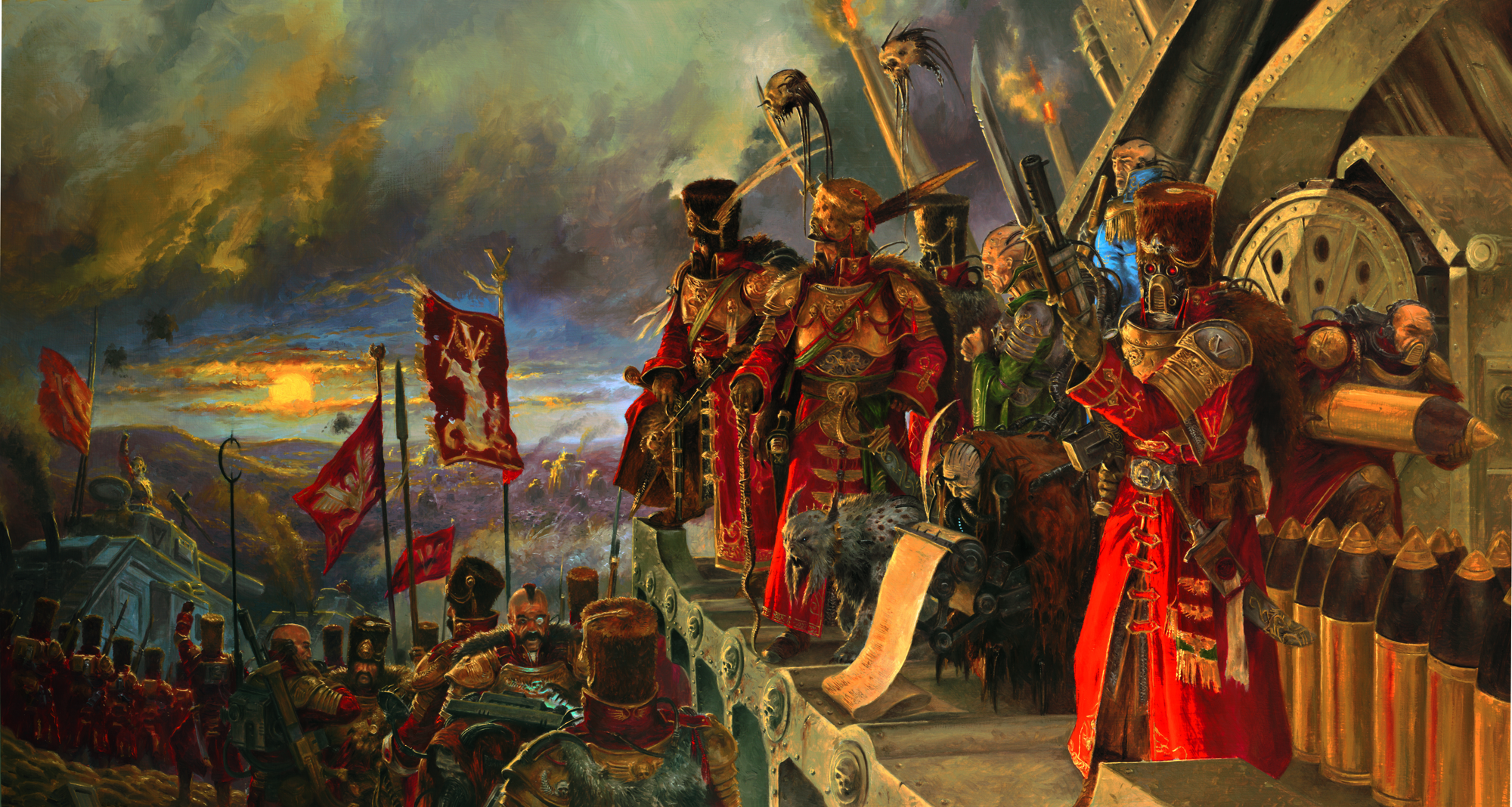 Here
the Archdruid talks about gasoline warfare, which allows a conquest of
another nation, same as traditional warfare does. But since they are different means they cause different effects (ends), Gasoline warfare is
quicker and shreds an opponents government and military structure but
resistance is almost inevitable while traditional warfare is slower, generally
costlier and involves more major battles, but if you succeed you don't
often get a sustained insurgency (periodic rebellion is another matter). The end (this doesn't just include the
stated goals) you want determines the means used and the means available
influence the ends that are aimed for, neither of them is dominant.
Here one of the likely sources of conflict is trade, important ports and
strategic islands (which means of the choice of gasoline or traditional war, gasoline war has the advantage).
Here
the Archdruid talks about gasoline warfare, which allows a conquest of
another nation, same as traditional warfare does. But since they are different means they cause different effects (ends), Gasoline warfare is
quicker and shreds an opponents government and military structure but
resistance is almost inevitable while traditional warfare is slower, generally
costlier and involves more major battles, but if you succeed you don't
often get a sustained insurgency (periodic rebellion is another matter). The end (this doesn't just include the
stated goals) you want determines the means used and the means available
influence the ends that are aimed for, neither of them is dominant.
Here one of the likely sources of conflict is trade, important ports and
strategic islands (which means of the choice of gasoline or traditional war, gasoline war has the advantage).Due to the fact that biofuels have to be produced out of agricultural production, but they can be stored, production is likely to be low and biofuel storage facilities will be strategic targets. So how much a nation prepares/plans for war will affect how any particular war is fought. If the war was foreseen/planned and stockpiles are available, then vehicles and aircraft will be used. If a war on the other hand is sudden or unexpected (by say 3-5 years) then the stockpiles might not be used or there won't be enough for the heavy use of vehicles (up until the later parts of the war if its a long one). Large strategic reserves are likely to be kept because of this and it works against continuous large (or medium) scale warfare as it could easily take decades to restock the biofuel and other supplies. And if a country is planning a war and suddenly another war breaks out, it has to decide whether to run down its stockpiles and potentially not have enough to fight the planned war or not to use its stockpiles and suffer a disadvantage. Other important and existential decisions exist. So how prepared a country is for war and what long term plans it has will greatly affect each war and both how its fought (the means) and what for (the ends). Paranoia could easily be the response to this situation, but countries could easily cycle (due to the stockpile levels) through periods of paranoia and aggressiveness.
So now that's out of the way, in our scenario what are the likely power balances, grand strategies and reactions of the various powers could be. Also, remember that every actor in this scenario is an Island or archipelago.
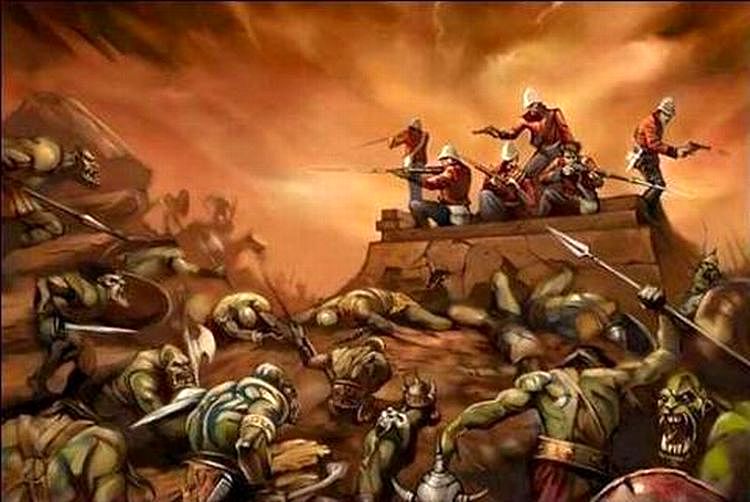 New Zealand: Is the most isolated of the powers
and so its not likely to ever face any existential threats of invasion,
its biggest potential threat is Australia and that's less than most have been
throughout history and is likely solved by being a key Australian ally. The threats it faces are more to do with access to
trade routes than any thing else. So it's grand strategy is either going
to be similar to Australia's current one, in which it basically buys
favour, support (like safe trade routes and such) and peace, in
exchange for military support (likely to Australia)
or it could adopt 'armed neutrality' (like Sweden). At this point in time (for the
scenario) we'll assume the former, but it would switch between the two
as both circumstances and culture change. So its military would be a
small elite force, with a limited navy (at least partly bought from
Australia). Since its so isolated, it won't really react to big wars,
large buildups and such because they aren't in any danger as long as
Australia is their ally, since there's no other good invasion launching
point.
New Zealand: Is the most isolated of the powers
and so its not likely to ever face any existential threats of invasion,
its biggest potential threat is Australia and that's less than most have been
throughout history and is likely solved by being a key Australian ally. The threats it faces are more to do with access to
trade routes than any thing else. So it's grand strategy is either going
to be similar to Australia's current one, in which it basically buys
favour, support (like safe trade routes and such) and peace, in
exchange for military support (likely to Australia)
or it could adopt 'armed neutrality' (like Sweden). At this point in time (for the
scenario) we'll assume the former, but it would switch between the two
as both circumstances and culture change. So its military would be a
small elite force, with a limited navy (at least partly bought from
Australia). Since its so isolated, it won't really react to big wars,
large buildups and such because they aren't in any danger as long as
Australia is their ally, since there's no other good invasion launching
point.Australia: Similar to New Zealand in isolation while also being fairly close to every one else. As I've pointed out before, Australia's population is distributed on the sides facing away from Asia and the north coast isn't important when seen through the lens of population. And since the main trade route will be along the clipper route, the other targets for that war goal are New Zealand (who is likely to be peaceful) for the simple reason that I don't think Australia will invade (or vis versa) southern Africa or south America, though that would be an interesting war from a logistics perspective. So the main conflict would be over control of the north coast's strategic ports (especially if the Ghan stays around), trade routes to the north and island territories, this could mean conquering small islands inside the Indonesian archipelago for the purposes of anti-piracy or small naval bases.
 So Australia's grand
strategy would depend on the relative importance of the northern trade routes
and Asia's wealth and the hostility of the other powers. For this we'll assume
the trade routes to Asia are profitable (maybe the Suez and Panama canals are
gone) and the other powers are hostile. In this case its grand strategy would
be a mixture of defensive, strategic allies (Timor and New Guinea) and the
holding of strategic island ports. It would care about major wars, but since
its population centres aren't in any major danger, not as an existential threat but a threat to its wealth and influence (which can have a similar reaction).
So Australia's grand
strategy would depend on the relative importance of the northern trade routes
and Asia's wealth and the hostility of the other powers. For this we'll assume
the trade routes to Asia are profitable (maybe the Suez and Panama canals are
gone) and the other powers are hostile. In this case its grand strategy would
be a mixture of defensive, strategic allies (Timor and New Guinea) and the
holding of strategic island ports. It would care about major wars, but since
its population centres aren't in any major danger, not as an existential threat but a threat to its wealth and influence (which can have a similar reaction).Borneo & Indonesia: Both Borneo and Indonesia are in similar enough circumstance that what applies to one applies to the other. They are the ones that are likely to invade other countries (particularly each other) and would be constantly fighting over strategic ports. Since they have a fairly good navy and are both Islands, they would fight naval wars fairly often and over strategic ports (more so than everyone else). Since they're also in the middle, they are in the most interesting strategic situation and would consequently have a very diverse grand strategy. Defensive to protect their core ports and holdings, aggressive to cut of their enemies trade and hold strategic ports and cautious because their both surrounded by potentially hostile powers. Since these are the powers that are likely to start a major war, they'll obviously react the most to any that happen.
 New Guinea & United Timor: Similar to the
above, New Guinea and United Timor are in very similar circumstances.
Both are relatively poor, mountainous and have a crap navy. The obvious
response to this is to use the mountainous terrain to their advantage,
negate the others technological advantage as much as possible and have
an extremely defensive grand strategy. Minefields would be ready to
quickly lay in ports if needed, lots of mountain forts and retreats and
so on. The fleet would act opportunistically and to deny the enemy
safe use of the seas and would avoid open battles. The ultimate goal
is to be something like Switzerland and be too tough to bother invading.
Major wars and events would just make them batten down the hatches and
wear the storm out, through they could have an opportunistic strategy in place if the wars are destructive enough (loot the survivors).
New Guinea & United Timor: Similar to the
above, New Guinea and United Timor are in very similar circumstances.
Both are relatively poor, mountainous and have a crap navy. The obvious
response to this is to use the mountainous terrain to their advantage,
negate the others technological advantage as much as possible and have
an extremely defensive grand strategy. Minefields would be ready to
quickly lay in ports if needed, lots of mountain forts and retreats and
so on. The fleet would act opportunistically and to deny the enemy
safe use of the seas and would avoid open battles. The ultimate goal
is to be something like Switzerland and be too tough to bother invading.
Major wars and events would just make them batten down the hatches and
wear the storm out, through they could have an opportunistic strategy in place if the wars are destructive enough (loot the survivors).




